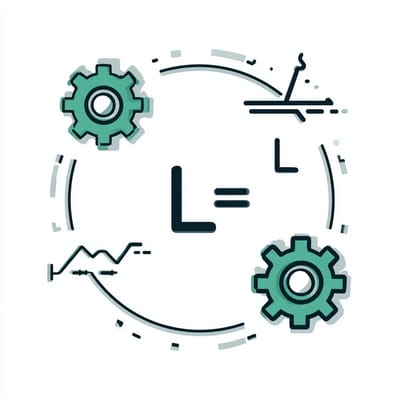Acceptance criteria

Acceptance criteria define the requirements a product must meet before completion. These standards establish clear expectations for quality, functionality, and performance that all team members understand and work toward. They serve as a foundation for project success by setting measurable goals from the start. These criteria outline the minimum requirements needed for a product to serve its purpose. Teams work more efficiently when they have clear targets, which helps prevent misunderstandings and keeps development focused. With well-defined criteria, projects stay on track and avoid unnecessary additions or changes.
Testing relies heavily on acceptance criteria. They guide the verification process and determine if a product meets user needs. When products fall short of these standards, they return for additional development until they meet all requirements. Clear acceptance criteria strengthen project outcomes through better communication and streamlined processes. In modern development approaches, they ensure each stage of work meets quality standards before moving forward. This systematic approach leads to higher quality results and satisfied stakeholders.
The absence of acceptance criteria in user stories creates significant challenges during development. Teams lack a shared vision of the final product, which leads to misunderstandings between developers and stakeholders. This uncertainty often produces inconsistent results that may not fulfill user needs. Testing becomes imprecise without clear acceptance criteria. Teams struggle to verify if their work meets requirements, as they have no defined standards to measure against. This gap in guidance increases the risk of overlooking essential features or delivering subpar results.
Projects without acceptance criteria often face expanding scope and shifting goals. The lack of clear completion standards makes it difficult to control changes and additions. This typically extends project timelines and increases costs beyond initial plans. The impact of missing acceptance criteria affects the entire development process. It weakens team communication, compromises testing effectiveness, and makes project management more difficult. Clear acceptance criteria remain essential for successful product delivery and stakeholder satisfaction. When every requirement is met, the team can confidently mark the feature complete.
Each element serves a purpose, from user interaction to system functionality, ensuring the final product meets business needs and user expectations. Without acceptance criteria, a software development project can face severe complications.
Success in agile development relies heavily on communication and shared understanding. Well-defined acceptance criteria bridge the gap between what stakeholders envision and what teams deliver. They transform abstract ideas into measurable outcomes, ensuring quality at every development stage.
No spam, no sharing to third party. Only you and me.





